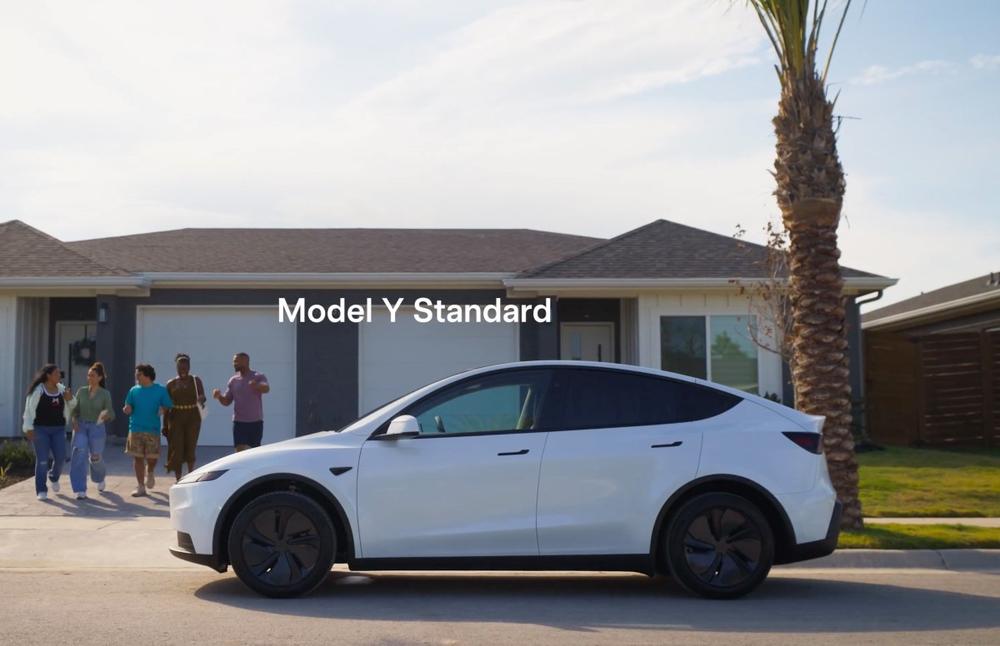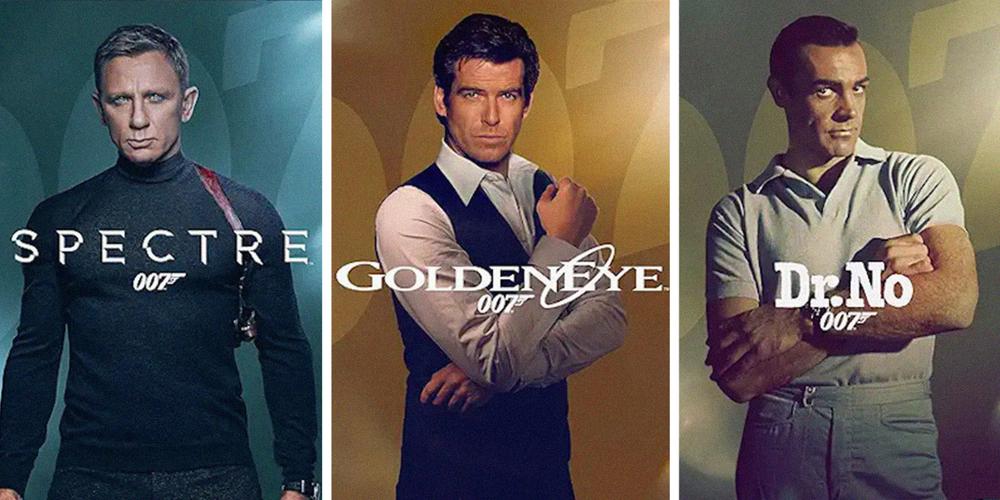Tesla has spent more than a year teasing that “more affordable models” of its vehicles were on the way, and on Tuesday, the company finally revealed them. The company is now selling a more bare-bones version of the Model 3 sedan and the Model Y SUV, which start at $36,990 and $39,990, respectively.
The new versions, each dubbed “Standard,” get an estimated 321 miles of range on a full battery, and will come with fewer features than the more premium rear-wheel or all-wheel drive variants when they ship later this year. They don’t even have Autopilot, the company’s basic advanced driver assistance system. (The new models only come with traffic-aware cruise control; Autosteer, which completes the “Autopilot” feature-set, is missing.)
The release of the cheaper models is supposed to help push Tesla back into growth after it saw sales decline in 2024. But the pricing is not as low as some may have hoped, especially considering that CEO Elon Musk once teased the idea of a $25,000 Tesla — before he ultimately killed that project.
The new Model 3 does not even dip below the $35,000 price threshold that Tesla promoted in a run-up to the car’s launch in 2016. That sticker price, which helped put Tesla on the map, was never really offered save for a few months as an off-menu ordering option.
The new cars are more different on the inside than the outside. While Tesla’s cars are known for being minimalist, the Model 3 and Model Y Standard take the spartan approach to the limit. There’s no second-row touchscreen. The steering wheel and side mirrors are manually adjusted. There’s no FM/AM radio and just seven speakers compared to the 15 speakers and one subwoofer on the costlier versions. Only the first row has heated seats.
On the outside, Tesla ditched the light bar that adorns the nose of the more expensive Model Y variants. The glass roof is also gone on the Standard cars.
Musk and other Tesla executives have joked in the past, and at length, about playing “Game of Thrones but [for] pennies” — an effort to describe the company’s mad scramble to remove as much cost out of its cars as possible. That strip-it-down thinking appears to be the primary strategy of how the company approached the Model 3 and Model Y Standard.
Tesla plans to sell these versions in multiple global markets, including in Europe. The expiration of the U.S. federal EV tax credit last month means these prices will be pretty straightforward in the United States, unless buyers live somewhere with strong state EV incentives.
That sets up an interesting calculus for new-EV buyers. Major automakers are simultaneously pulling back plans for a number of more expensive electric vehicles, theoretically reducing competition, which could be a boon for Tesla.
Ford is working on a low-cost electric vehicle platform due out in 2027. General Motors is bringing back the Chevy Bolt. Upstart automakers like Rivian and Lucid Motors, and even newer entrants like Slate Auto, are pushing to release EVs in the next few years that are priced on either side of the Model 3 and Model Y Standard.
Musk did tangible damage to Tesla’s brand earlier this year when he got involved in the second Trump administration. Tesla rebounded to notch its best quarter ever as the EV tax credit expired and it is unclear how durable that momentum will be. The new Standard models will likely apply competitive pressure on Tesla’s own offerings, not to mention the potential havoc it could wreak on the used market.

 MKBHD calls out AI company’s CEO for using ‘fake’ statement to sell their product
MKBHD calls out AI company’s CEO for using ‘fake’ statement to sell their product